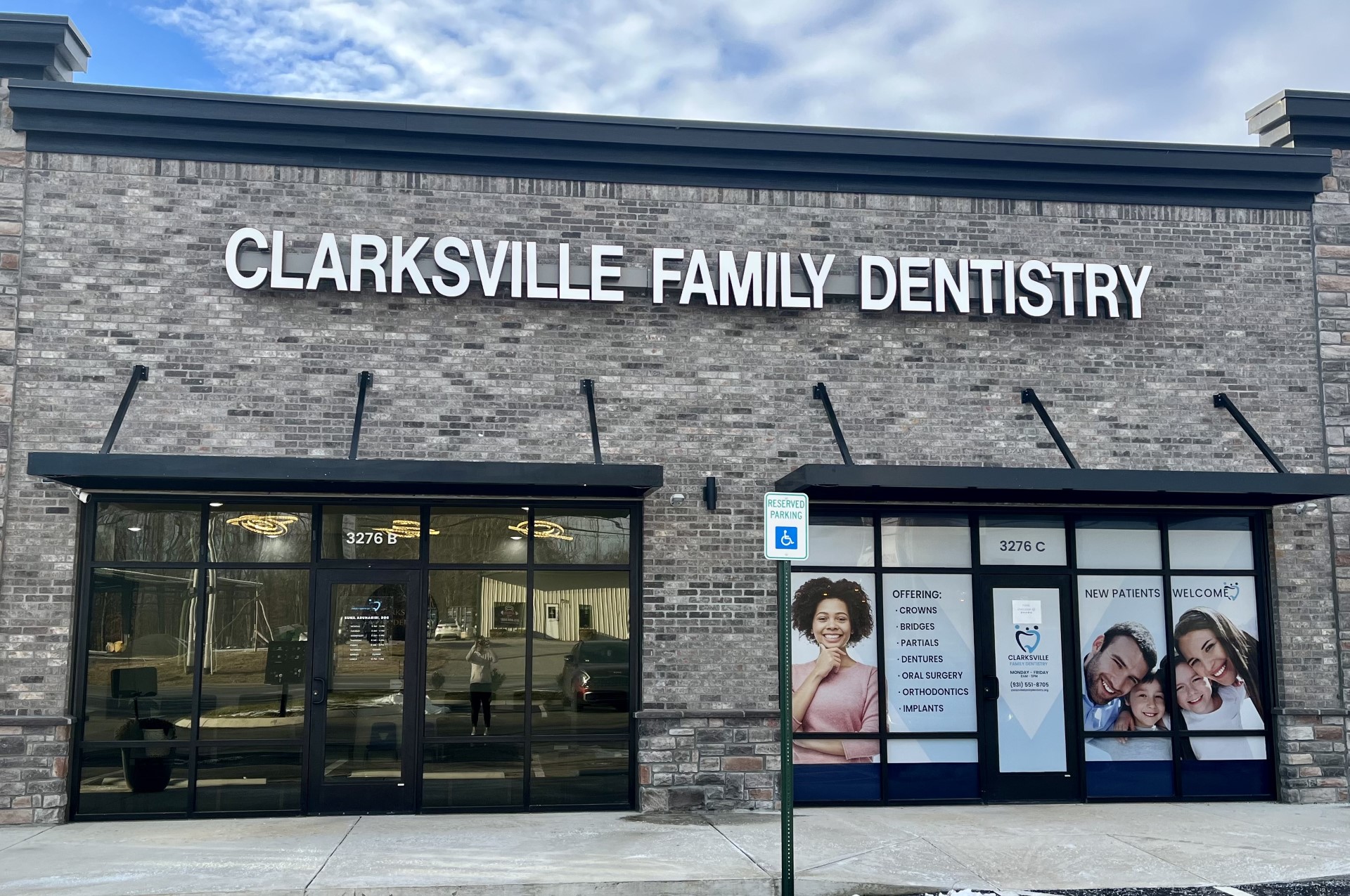Fixed Bridges
A fixed dental bridge stands as a steadfast solution for missing teeth, offering a non-removable appliance that seamlessly fills the gap. With various types available, you and your dentist will collaboratively determine the most suitable option tailored to your unique needs.
Understanding Fixed Bridges:
The traditional bridge, crafted from porcelain fused to metal, reigns as the preferred choice. This bridge comprises two crowns affixed to anchoring teeth (abutment teeth), with artificial teeth (pontics) bridging the gap caused by missing teeth.
Reasons for a Fixed Bridge:
- Fill spaces left by missing teeth.
- Preserve facial shape.
- Prevent adjacent teeth from shifting.
- Restore chewing and speaking abilities.
- Enhance aesthetics by upgrading from removable partial dentures to a permanent appliance.
The Bridge Process:
Securing a fixed bridge typically involves two or more dental visits. Under local anesthesia, the abutment teeth are prepared by removing enamel to accommodate crowns. Precise impressions are then taken, serving as blueprints for the fabrication of your custom bridge at a dental laboratory.
During the interim period, a temporary bridge is fitted to protect the prepared teeth. At the subsequent visit, your permanent bridge is meticulously examined, adjusted, and cemented into place for a seamless fit. Occasionally, temporary cement may be used initially to allow for adaptation before permanent cementation.
You’ll receive comprehensive care instructions to ensure the longevity of your new bridge. Adhering to proper oral hygiene practices, including regular brushing, flossing, and dental check-ups, will optimize the lifespan of your permanent bridge.

Convenient Appointments Monday through Friday.
No matter what your schedule looks like, we want to provide you with the high-quality dentistry that you deserve. Call (931) 551-8705 to book your appointment today!

